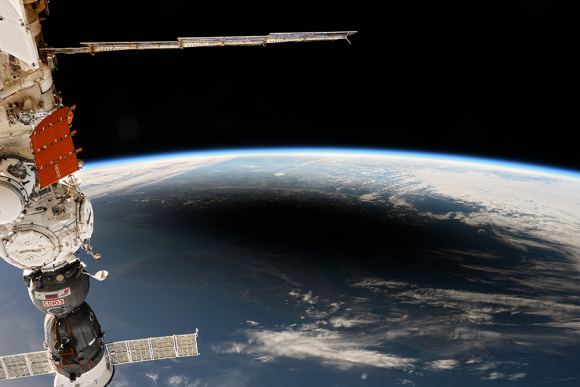Universe Today has recently had the privilege of investigating a myriad of scientific disciplines, including impact craters, planetary surfaces, exoplanets, astrobiology, solar physics, comets, planetary atmospheres, planetary geophysics, cosmochemistry, meteorites, radio astronomy, and extremophiles, and how these multidisciplinary fields can help both scientists and space fans better understand how they relate to potentially finding life beyond Earth, along with other exciting facets. Here, we will examine the incredible field of organic chemistry with Dr. Andro Rios, who is an Assistant Professor in Organic Chemistry at San José State University, regarding why scientists study organic chemistry, the benefits and challenges, finding life beyond Earth, and potential paths for upcoming students. So, why is it so important to study organic chemistry?
“Organic chemistry is a fascinating and powerful discipline that is directly connected to nearly everything we interact with on a daily basis,” Dr. Rios tells Universe Today. “This can range from what gives our favorite foods the flavors we love, to the medicines we take to help alleviate our pain. Organic chemistry is also the basis of describing the known chemistry that makes up the biology on this planet (called biochemistry) and can possibly provide the clues to what extraterrestrial life might be based on as well, should we find evidence of it in the upcoming years.”
While its name implies a scientific field of complicated science, the field of organic chemistry essentially involves the study of organic compounds, also known as carbon-based life, which comprises all known lifeforms on the Earth. This involves studying the various properties, classifications, and reactions that comprise carbon-based life, which helps scientists understand their structural formulas and behaviors. This, in turn, enables overlap with other disciplines, including the aforementioned biochemistry, but also includes materials science, polymer chemistry, and medicinal chemistry, as well. Therefore, given its broad range of scientific potential, what are some of the benefits and challenges of studying organic chemistry?
“Organic chemistry has played a vital role in transforming the human experience on this planet by improving our health and longevity,” Dr. Rios tells Universe Today. “All of us, or nearly all of us, have known either family members, friends or even ourselves who have fallen severely ill or battled some chronic disease. The development of new medicines, both directly and indirectly through the tools of organic chemistry to fight these ailments has been one of the most beneficial contributions of this field to society.”
Dr. Rios continues, “Learning organic chemistry in the classroom often presents a challenge because it seems so different from the general chemistry courses that most students have learned to that point. The reason for this is because organic chemistry introduces new terminology, and its focus is heavily tied to the 3-dimensional structure and composition of molecules that is not considered in general chemistry courses. The good news is that organic chemistry provides the perfect bridge from general chemistry to biochemistry/molecular biology which also often focuses on the structures and shapes of molecules (biomolecules).”
































